I. Introduction
Japan Airlines (JAL), one of the most esteemed and recognized names in the global aviation industry, has been a symbol of excellence and reliability since its inception. As the flag carrier of Japan, JAL has not only connected the country with the rest of the world but has also played a crucial role in shaping the aviation landscape. With a rich history spanning over seven decades, the airline has demonstrated remarkable resilience, innovation, and commitment to customer satisfaction.
Headquartered in Tokyo, Japan Airlines operates extensive domestic and international networks, serving millions of passengers annually. The airline’s iconic red crane logo and its reputation for exceptional service have made it a preferred choice for travelers seeking comfort, safety, and efficiency. As a member of the Oneworld alliance, JAL collaborates with other leading airlines to offer seamless global connectivity and a comprehensive range of travel options.
In this detailed profile, we will delve into the multifaceted aspects of Japan Airlines, exploring its storied history, diverse operations and services, corporate structure, and financial performance. By examining the challenges and triumphs that have shaped JAL’s journey, we aim to provide a comprehensive understanding of what makes this airline a standout in the competitive world of aviation.

II. History of Japan Airlines
A. Founding and Early Years
Japan Airlines (JAL) was established on August 1, 1951, marking the inception of what would become one of the world’s leading international carriers. The Japanese government played a pivotal role in its founding, aiming to create a national airline that could symbolize Japan’s post-war recovery and modernization. Initially, JAL operated domestic flights, with its first flight taking off from Tokyo’s Haneda Airport to Osaka’s Itami Airport on October 25, 1951. The airline quickly expanded its domestic network, providing crucial connectivity across Japan’s archipelago.
B. Major Milestones
The airline’s early success paved the way for international expansion. In 1954, JAL launched its first international flight, connecting Tokyo to San Francisco, which marked Japan’s re-entry into the global aviation market. The 1960s and 1970s saw JAL rapidly expanding its international routes, including destinations in Europe, North America, and Asia.
In 1965, JAL introduced jet aircraft into its fleet, beginning with the Douglas DC-8, which significantly enhanced its operational capabilities and passenger comfort. The 1980s and 1990s were marked by further expansion and modernization. JAL became a member of the prestigious Oneworld alliance in 2007, further solidifying its position in the global aviation industry.
C. Challenges and Triumphs
Despite its many successes, Japan Airlines faced significant challenges over the decades. The oil crises of the 1970s and the global economic downturns of the 1990s and 2000s posed severe financial strains on the airline. However, perhaps the most challenging period in JAL’s history came in 2010 when the company filed for bankruptcy protection due to mounting debts and operational inefficiencies.
The airline’s resilience was demonstrated through its subsequent restructuring, aided by government support and strategic management decisions. Under the leadership of Kazuo Inamori, a renowned entrepreneur and philanthropist, JAL emerged from bankruptcy in record time. By 2012, the airline had returned to profitability and re-listed on the Tokyo Stock Exchange, showcasing a remarkable turnaround.
Throughout its history, JAL has also been committed to safety and innovation. The airline has continually invested in newer, more efficient aircraft and has adopted advanced technologies to enhance passenger safety and comfort. JAL’s dedication to quality service and operational excellence has earned it numerous awards and recognitions, establishing it as a symbol of Japan’s resilience and innovation in the aviation industry.
In summary, the history of Japan Airlines is a testament to its enduring spirit and commitment to excellence. From its humble beginnings in the early 1950s to its current status as a global aviation leader, JAL’s journey reflects the dynamic evolution of the airline industry and the broader economic and cultural developments in post-war Japan.
III. Operations and Services
Japan Airlines (JAL) is renowned for its comprehensive operations and high-quality services that cater to both domestic and international travelers. This section delves into the various facets of JAL’s operations, offering a closer look at their fleet and destinations, in-flight services, and customer service initiatives, including loyalty programs.
A. Fleet and Destinations
Japan Airlines boasts a modern and diverse fleet designed to meet the demands of varying route lengths and passenger volumes. The airline operates over 200 aircraft, including state-of-the-art Boeing 787 Dreamliners, Boeing 777s, and Airbus A350s. These aircraft are meticulously maintained, ensuring safety and reliability, which are cornerstones of JAL’s operational philosophy.
JAL’s extensive network covers more than 90 destinations across 20 countries. Domestically, the airline serves major cities such as Tokyo, Osaka, and Sapporo, as well as regional hubs and remote locations, providing vital connectivity within Japan. Internationally, JAL connects passengers to key destinations in Asia, Europe, North America, and Oceania. Noteworthy routes include non-stop flights from Tokyo to New York, London, and Sydney, among others. This expansive network facilitates both business and leisure travel, reinforcing JAL’s role as a global airline.
B. In-Flight Services
Japan Airlines is acclaimed for its exceptional in-flight services that emphasize comfort, quality, and a touch of Japanese hospitality, known as “omotenashi.” Passengers can choose from various cabin classes, including First Class, Business Class, Premium Economy, and Economy Class, each designed to cater to different needs and preferences.
In First and Business Class, passengers enjoy spacious seating that converts into fully flat beds, ensuring restful long-haul flights. The in-flight dining experience is a highlight, with gourmet meals crafted by renowned chefs and featuring both Japanese and international cuisines. Complemented by an extensive selection of fine wines and beverages, the dining service is curated to enhance the overall travel experience.

For entertainment, JAL offers a cutting-edge in-flight entertainment system, JAL Sky Suite, which provides a wide array of movies, TV shows, music, and games, ensuring passengers remain engaged throughout their journey. Additionally, in-flight Wi-Fi is available on most international flights, allowing passengers to stay connected while in the air.
C. Customer Service and Loyalty Programs
Japan Airlines places a strong emphasis on customer service, striving to exceed passenger expectations at every touchpoint. JAL’s commitment to service excellence begins at the airport, where dedicated staff assist passengers with check-in, boarding, and any special requirements. The airline’s efficient baggage handling and punctuality further enhance the travel experience.
Central to JAL’s customer service strategy is its loyalty program, JAL Mileage Bank (JMB). This program rewards frequent flyers with miles that can be redeemed for flights, upgrades, hotel stays, and other travel-related services. JMB members enjoy exclusive benefits such as priority check-in, lounge access, and additional baggage allowance, making their journeys more convenient and enjoyable.
JAL also offers the JAL Global Club (JGC) for its most loyal customers, providing an elevated level of service and recognition. Members of JGC benefit from a range of privileges designed to enhance their travel experience, including dedicated service counters, priority boarding, and access to luxurious airport lounges worldwide.
In conclusion, Japan Airlines’ operations and services are a testament to its dedication to passenger satisfaction. Through a modern fleet, comprehensive network, superior in-flight services, and robust customer service initiatives, JAL continues to uphold its reputation as a leading global airline.`

IV. Corporate Structure and Financials
A. Management Team
Japan Airlines (JAL) boasts a robust and experienced management team dedicated to steering the company towards sustained growth and innovation. At the helm is the President and CEO, who provides strategic direction and oversees the company’s global operations. The executive team includes senior vice presidents responsible for various divisions such as marketing, finance, operations, and human resources. Each executive brings a wealth of experience from diverse backgrounds, ensuring a comprehensive approach to leadership. The board of directors, which includes both internal leaders and external advisors, plays a crucial role in governance, providing oversight and ensuring that the airline adheres to best practices in corporate governance.
B. Financial Performance
Japan Airlines has shown resilient financial performance over the years, even amidst global economic fluctuations and challenges within the aviation industry. The airline’s financial health is periodically reported in detailed quarterly and annual reports, which provide insights into revenue streams, operating costs, and profit margins. Key financial indicators such as revenue passenger kilometers (RPK), load factors, and yield per passenger kilometer help stakeholders gauge the airline’s operational efficiency and market position.
Despite facing significant challenges during the COVID-19 pandemic, JAL has managed to implement strategic cost-cutting measures and diversify its revenue streams, including expanding its cargo operations and tapping into new markets. The airline’s financial strategy focuses on maintaining liquidity, reducing debt, and investing in sustainable growth initiatives. JAL’s commitment to financial transparency and prudent management practices has earned it a reputation for reliability and resilience in the highly competitive airline industry.
C. Corporate Social Responsibility
Japan Airlines is deeply committed to corporate social responsibility (CSR), with initiatives that reflect its dedication to sustainable practices, community engagement, and ethical governance. The airline’s CSR strategy is built on three pillars: environmental sustainability, social contribution, and governance.
- Environmental Sustainability: JAL has implemented numerous eco-friendly initiatives to reduce its carbon footprint. These include investing in fuel-efficient aircraft, adopting sustainable aviation fuel (SAF), and optimizing flight operations to minimize emissions. The airline also actively participates in global environmental programs, such as the Carbon Offsetting and Reduction Scheme for International Aviation (CORSIA), and works towards achieving carbon neutrality by 2050.
- Social Contribution: JAL engages in various community support programs, including disaster relief efforts, educational scholarships, and cultural exchange initiatives. The airline collaborates with non-profit organizations and government agencies to enhance the well-being of the communities it serves. JAL’s commitment to social responsibility also extends to its employees, with programs focused on diversity, inclusion, and professional development.
- Governance: Ethical governance is a cornerstone of JAL’s corporate philosophy. The airline adheres to strict compliance standards and promotes transparency in its operations. Regular training and awareness programs ensure that employees uphold the highest ethical standards, and the company’s whistleblower policy encourages the reporting of any unethical behavior.
In conclusion, Japan Airlines‘ corporate structure and financial performance are underpinned by a strong management team, prudent financial strategies, and a steadfast commitment to corporate social responsibility. These elements collectively contribute to the airline’s reputation as a leader in the global aviation industry.
V. Conclusion
Japan Airlines (JAL) stands as a testament to resilience, innovation, and commitment within the aviation industry. From its inception in 1951 to its current status as one of the leading global airlines, JAL’s journey has been marked by significant milestones and formidable challenges. The airline’s ability to navigate economic downturns, adapt to changing market dynamics, and implement forward-thinking strategies has solidified its reputation for excellence.
Its comprehensive operations, which include a modern and diverse fleet, extensive global destinations, and top-notch in-flight services, underscore JAL‘s dedication to providing a superior travel experience. The airline’s focus on customer satisfaction is further evidenced by its robust loyalty programs and exceptional customer service, which have garnered a loyal passenger base.
Corporate governance and financial prudence have been pivotal in JAL’s sustained success. Under the stewardship of a visionary management team, the airline has demonstrated strong financial performance and a commitment to sustainable practices. This dedication to corporate social responsibility extends beyond profitability, encompassing environmental initiatives and community engagement.
In conclusion, Japan Airlines exemplifies the qualities of an industry leader, balancing tradition with innovation. As it soars into the future, JAL’s unwavering focus on safety, service, and sustainability will undoubtedly continue to set it apart in the competitive landscape of global aviation.
Catch up on the top stories and travel deals by subscribing to our newsletter!

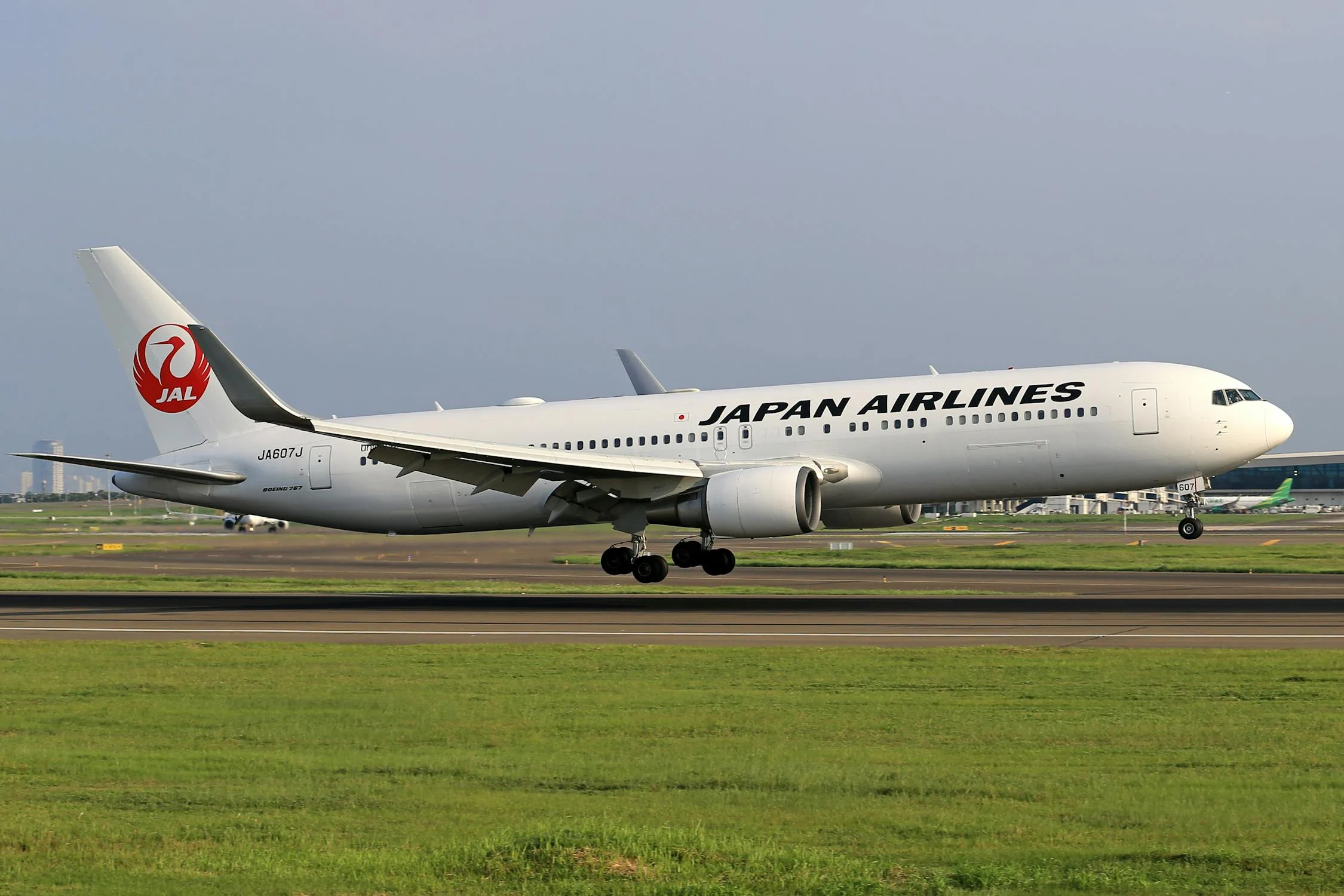

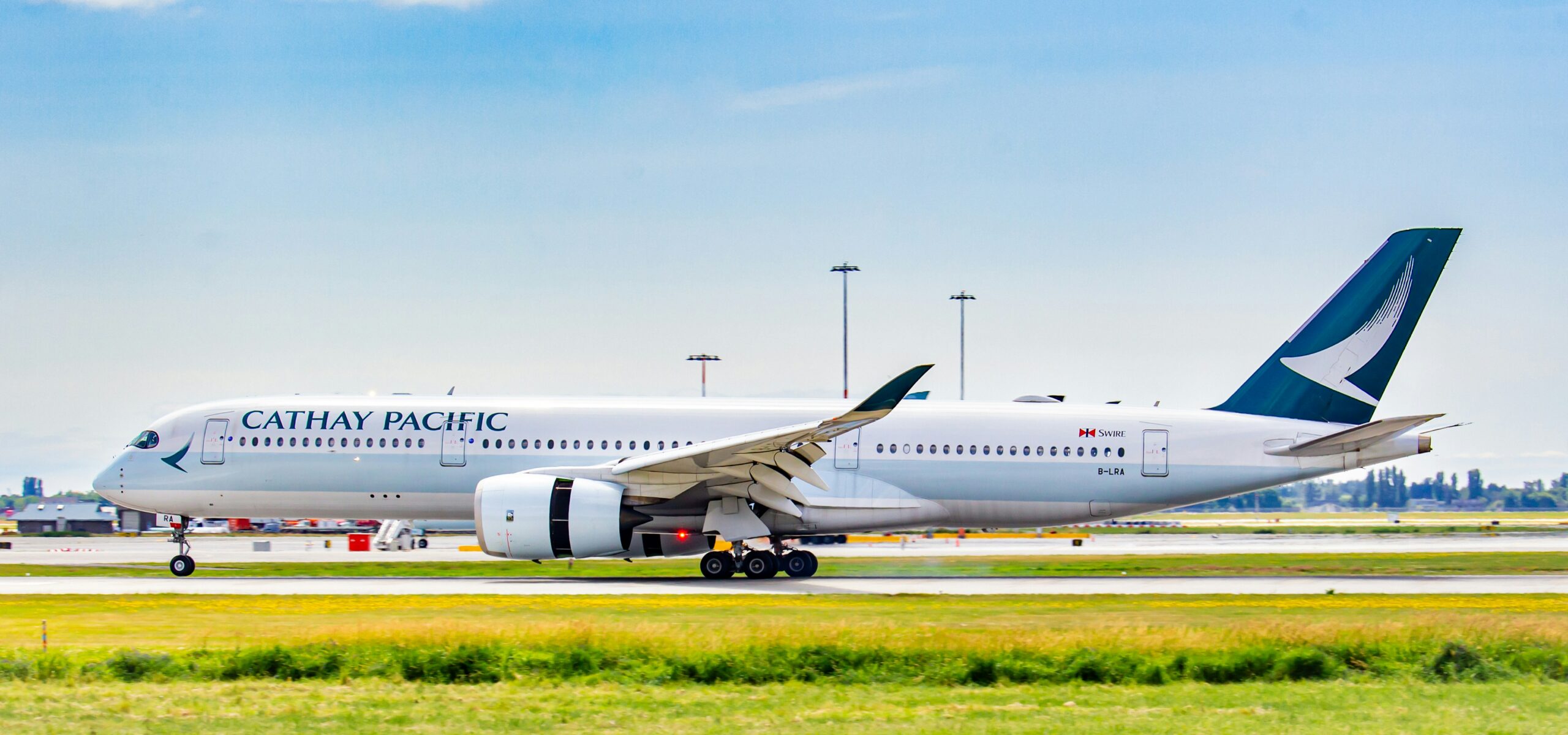
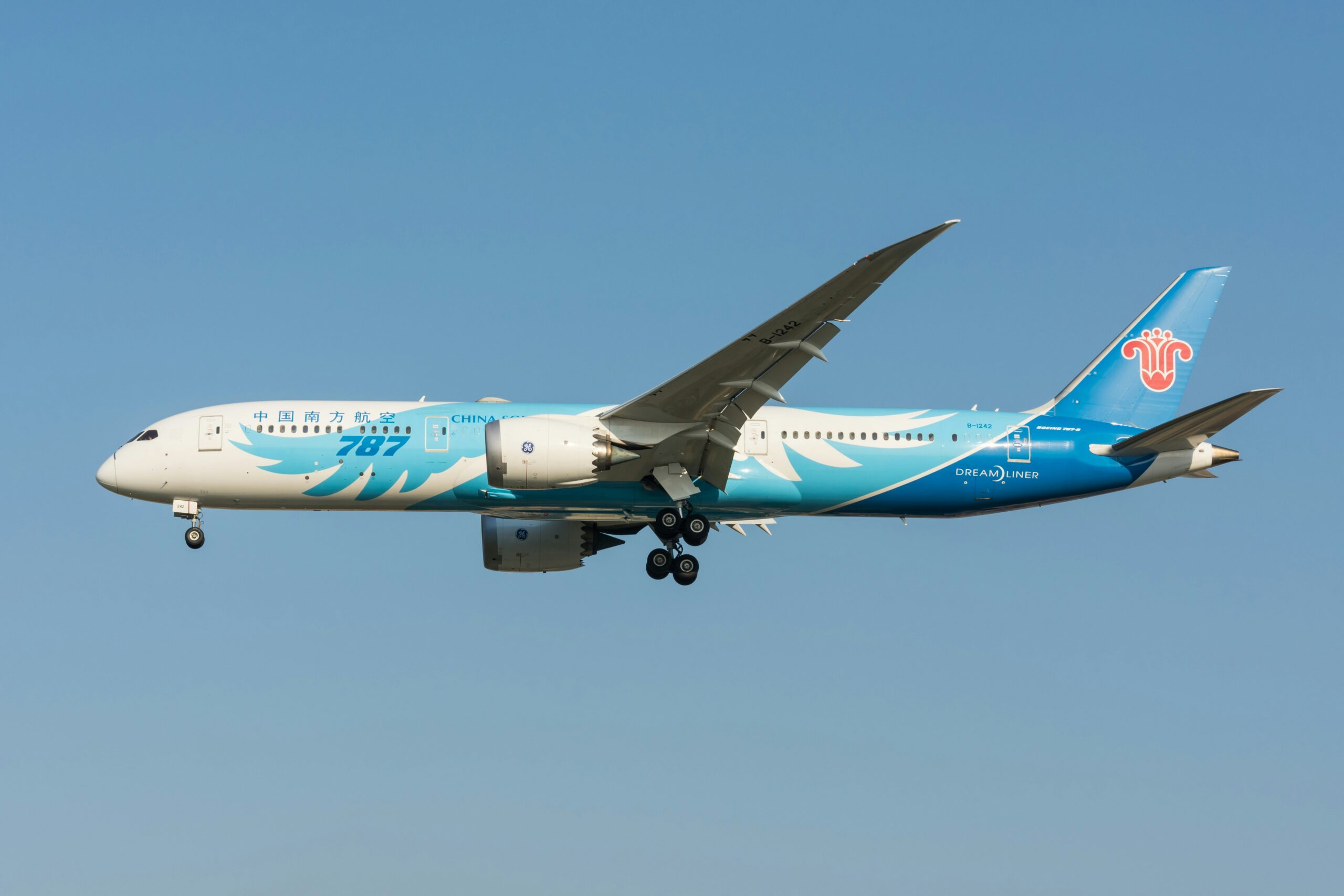
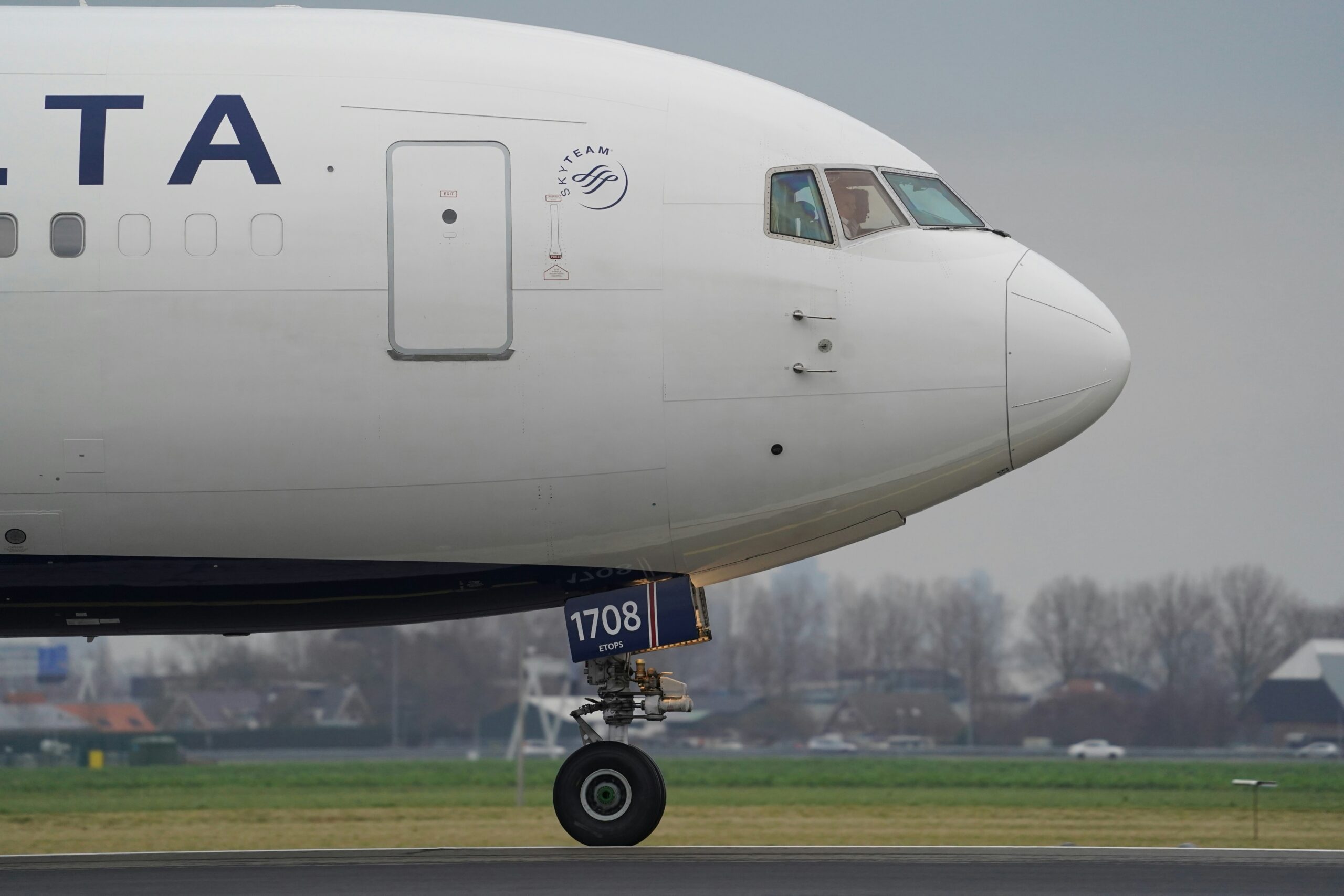
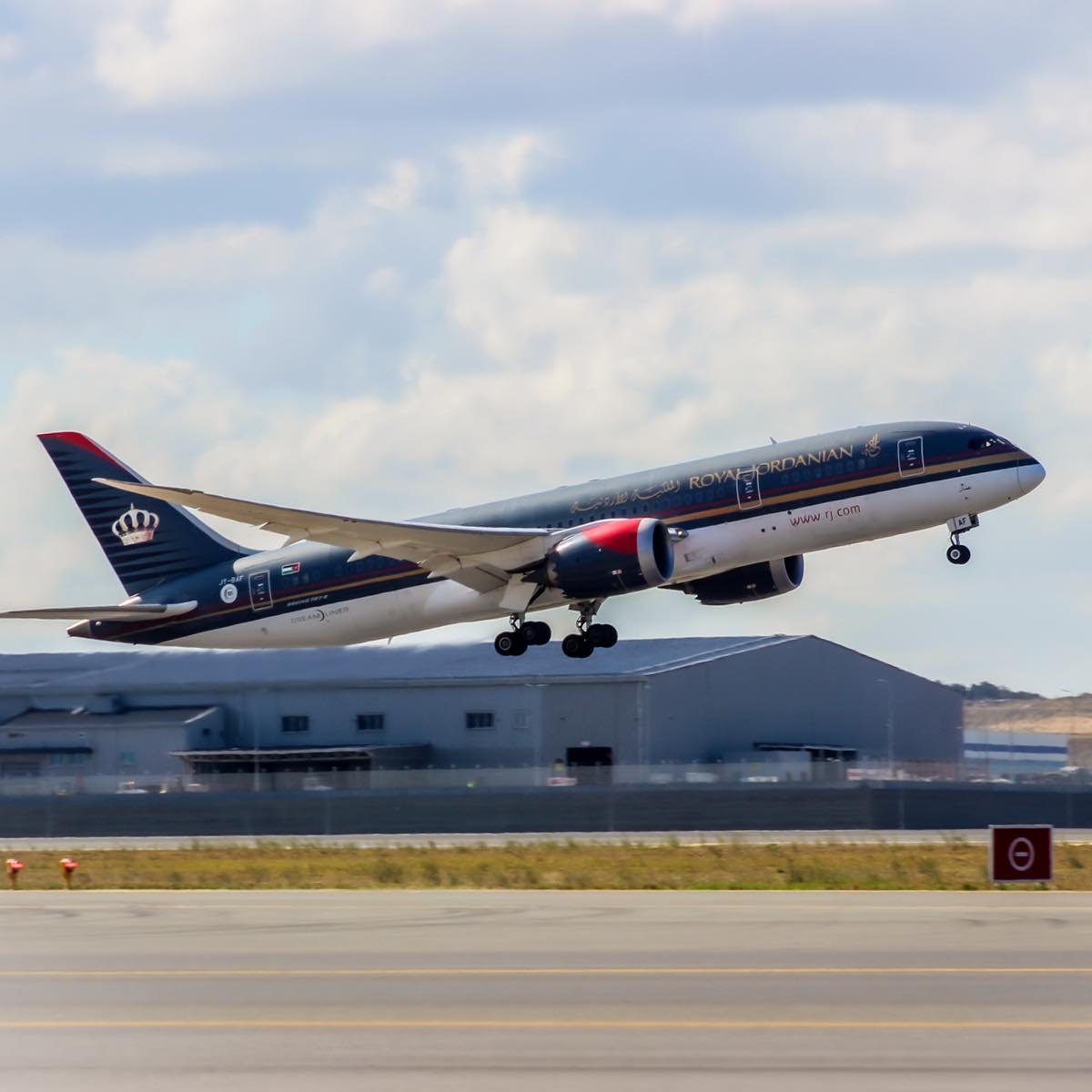
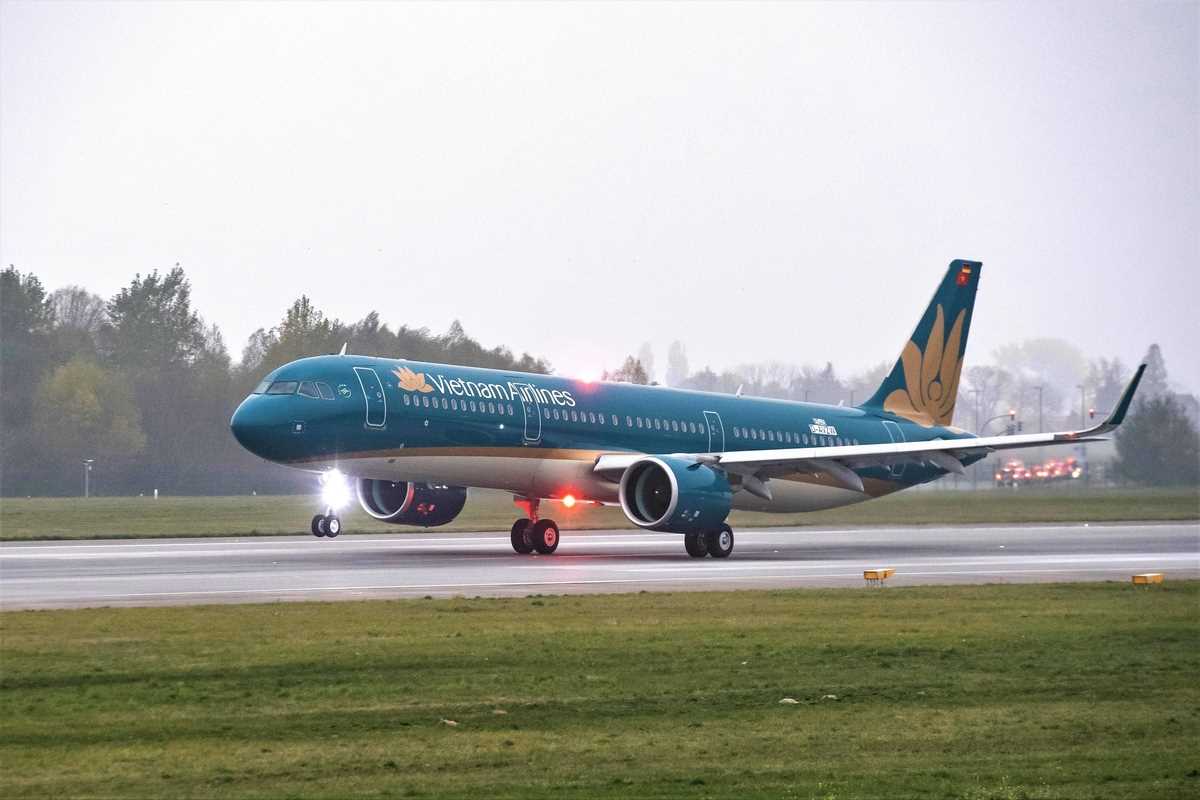




Leave a Reply